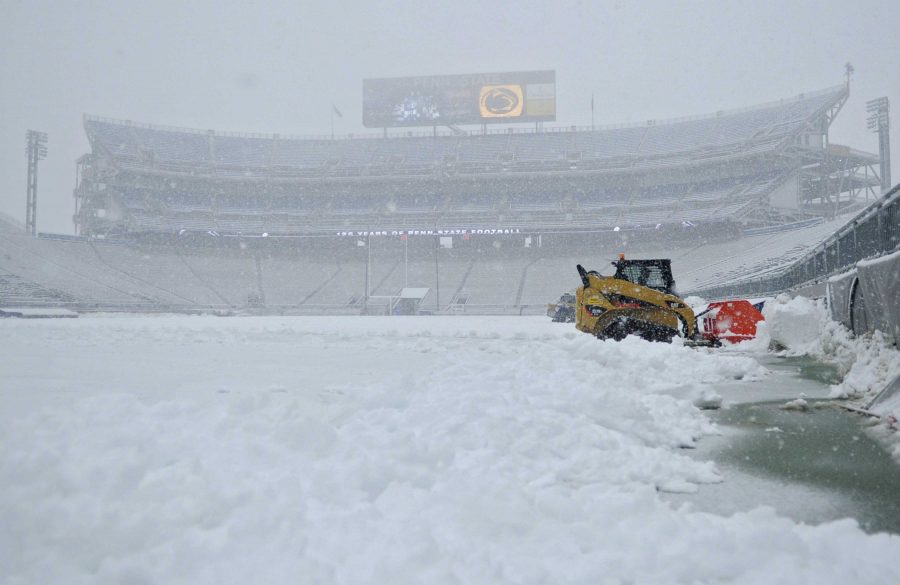Super Bowl XLVIII was almost perfect. The Seattle Seahawks and the Denver Broncos are the two best teams in football, Peyton Manning is looking to rewrite his playoff legacy, and the Seahawks have the loudest fans in all of sports. Then there’s the venue: MetLife Stadium in East Rutherford, N.J.
MetLife Stadium doesn’t have a roof and New Jersey in early February is typically very cold. The average temperature in Newark at the beginning of February is typically in the low 30s. If that trend continues, this will be the coldest Super Bowl ever, beating Super Bowl VI’s record low of 39.
While analysis of cold football games has shown that temperature typically doesn’t play a major factor in the way a game is played, it almost certainly has an impact on performance. And that should not be a factor in the Super Bowl, the one game in the year where the two best teams are pitted against each other on a neutral playing ground.
Perhaps the most consequential effect of cold weather on a football game is the diminishment of the passing performance. And with Manning and Russell Wilson behind center, that could take away from what could have been two phenomenal passing attacks. But it does give the Seahawks the advantage. Manning is definitely the Broncos’ greatest offensive weapon, but his struggles in cold weather could prove especially problematic. Seattle’s dominating defense could turn those problems into a Super Bowl championship.
For these reasons, I can’t help but question why MetLife Stadium was the chosen venue for this year’s Super Bowl. Despite being near the excitement of New York City, the cold climate of New Jersey takes away from the neutrality that makes the Super Bowl such an exciting matchup.
In the end, the better team is probably going to win the Super Bowl, but that much is not guaranteed in a non-neutral environment. There will always be some factors that could give one team an advantage, but we can at least make an attempt to keep things fair. Unfortunately, this perfect matchup may be marred by an avoidable outside influence.

